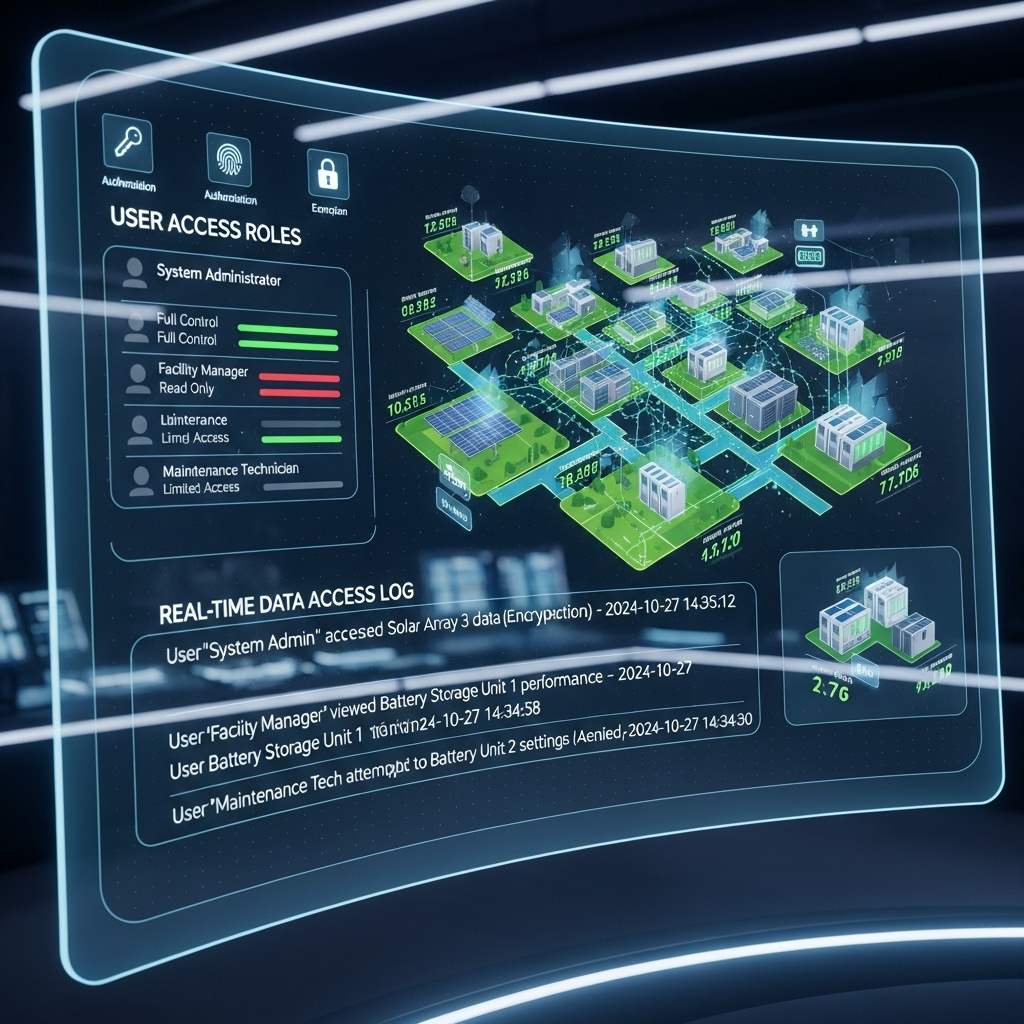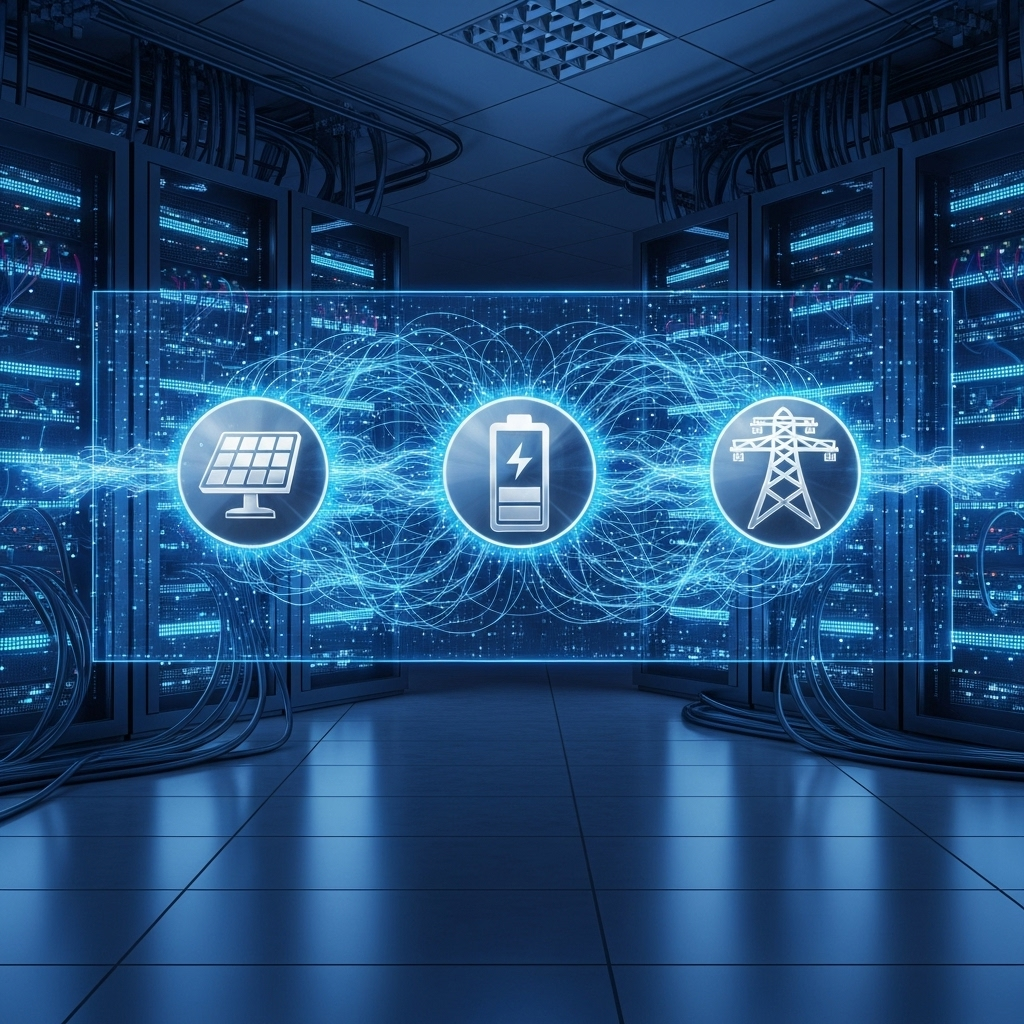Distributed Energy Resources (DERs) are transforming the energy landscape. As aggregators bundle these resources to provide grid services, a clear and robust policy framework is essential. This framework must protect consumer data, ensure secure communications, and build trust. The three pillars of such a policy are explicit consumer consent, strong data encryption through Transport Layer Security (TLS), and reliable revocation mechanisms.
The Foundation: Robust Consent Management
Effective participation in DER programs begins with consumer trust. This trust is built upon a transparent and user-centric approach to data sharing. A consent management framework is not just a legal checkbox; it is the basis of the relationship between consumers, aggregators, and the wider grid.
Why Granular Consent is Non-Negotiable
Consumers must have a clear understanding of what data they are sharing, who is using it, and for what purpose. Vague or bundled consent is insufficient. Granular consent allows users to approve specific data uses, such as sharing battery charge levels for grid stabilization, without agreeing to share all household energy data. Policy makers face a choice between opt-in or opt-out approaches for data collection. As noted in a report on renewable integration, opt-out programs can increase participation, but they must be carefully balanced with privacy concerns to foster innovation in demand response markets. *According to the System Integration of Renewables report, giving customers a range of options regarding how much information they share can facilitate the development of energy management services.*
A Framework for Dynamic Consent
Consent is not a one-time event. Consumers need the ability to review, modify, or withdraw their consent at any time through a simple and accessible interface. This dynamic management empowers users and reinforces trust. Policies should mandate that aggregators provide a clear portal for users to manage their data-sharing preferences throughout the lifecycle of their participation.
Policy Recommendations for Consent
Regulators should establish standardized guidelines for consent. These should require plain language, clearly outlining the data to be collected, its purpose, the duration of consent, and any third parties who will have access. In the US, some Public Utility Districts have set a precedent by mandating that utilities get explicit permission from consumers before collecting private data or disclosing it. *As highlighted in the System Operation: Innovation Landscape Briefs, evolving standards for data management are necessary to protect personal data and empower customers to control its use.*
Securing the Channel: Transport Layer Security (TLS)
Once consent is granted, the data must be protected while in transit. The communication channel between a DER device, the aggregator's platform, and the grid operator is a potential vulnerability. Securing this channel is critical to prevent data interception or manipulation.
The Role of TLS in DER Communication
Transport Layer Security (TLS) is a cryptographic protocol that provides end-to-end security for data sent between applications over the internet. For DERs, it encrypts communications, ensuring that information about a home's energy production or a battery's state of charge remains confidential and cannot be altered by malicious actors. This prevents unauthorized control of assets and protects sensitive operational data.
Implementing Modern TLS Standards
Not all encryption is equal. It is vital that policies mandate the use of current TLS versions, such as TLS 1.3, which eliminates known vulnerabilities found in older protocols. The configuration should also require strong, industry-accepted cipher suites to protect against sophisticated cyber threats. Using outdated security protocols creates significant risks for the entire grid ecosystem.
Policy Mandates for Encryption
A comprehensive policy roadmap should mandate a minimum level of encryption for all DER communications. This creates a uniform security baseline, ensuring that all devices participating in aggregation programs meet stringent cybersecurity standards. This proactive approach is fundamental to building a resilient and secure decentralized grid.
The Safety Net: Clear Revocation Mechanisms
A security framework is incomplete without a plan for when things go wrong. Revocation mechanisms are the essential safety net that allows for the swift termination of access rights for a device or user, protecting the system from potential harm.
What is Revocation and Why It Matters
Revocation is the process of invalidating security credentials, such as a digital certificate, before its scheduled expiration. This action is necessary if a device is stolen, sold, or suspected of being compromised. A swift revocation process prevents a compromised device from being used to disrupt grid services or access sensitive data. It also applies to consent, allowing a user's decision to stop sharing data to be enforced immediately.
Designing Effective Revocation Policies
Effective revocation requires clear, well-documented, and rapid procedures. For certificate-based security, this can involve using Certificate Revocation Lists (CRLs) or the Online Certificate Status Protocol (OCSP) to check the validity of a device's credentials in real-time. Policies must define the responsibilities of homeowners, installers, and aggregators in reporting a potential compromise and initiating the revocation process.
| Policy Element | Description | Key Objective |
|---|---|---|
| Consent Management | Requires clear, granular, and dynamic user permission for data sharing. | Build consumer trust and ensure data privacy. |
| TLS Encryption | Mandates modern, strong encryption for all data in transit. | Prevent data breaches and unauthorized device control. |
| Revocation Mechanism | Provides a rapid process to invalidate credentials or access rights. | Mitigate damage from compromised devices or user requests. |
Building a Coherent Regulatory Framework
A successful policy roadmap requires more than just technical standards; it demands coordination and clear roles for all market participants. *The Status of Power System Transformation 2019 report notes that global experience shows the barriers to DER aggregation vary significantly, suggesting that piloting specific approaches can help policymakers identify opportunities.*
Aligning Stakeholders and Data Exchange
Regulators play a crucial role in facilitating discussions between grid operators, utilities, and aggregators to define new roles and responsibilities. A key challenge is creating a forum for data exchange. *A report on China Power System Transformation highlights the importance of policy makers enabling and coordinating discussions on new data collection procedures, pointing to Germany's Digitalisation of the Energy Transition law as a comprehensive example.* Establishing a centralized DataHub, as Denmark has done, can streamline these interactions and ensure all parties have the visibility they need.
Performance Metrics Over Raw Data
To further protect privacy, policies should encourage the use of performance metrics over raw, high-resolution data. Aggregators often only need to know if a resource can meet a certain output, not the detailed consumption patterns of a household. For instance, understanding the key performance metrics of solar storage, such as state of charge and discharge capability, is sufficient for market participation without oversharing sensitive information. This data minimization approach provides the necessary information for grid services while respecting consumer privacy.
A Forward-Looking Perspective
The growth of DER aggregation presents immense opportunities for a more flexible, resilient, and efficient energy grid. Realizing this potential depends on a policy roadmap built on a foundation of trust. By prioritizing transparent consent management, mandating strong TLS encryption, and designing clear revocation mechanisms, policymakers can create a secure environment where consumers feel confident participating. These pillars will enable aggregators to innovate and deliver value, accelerating the transition to a decentralized energy future.
Frequently Asked Questions
What is a DER aggregator?
A DER aggregator is a company or entity that combines multiple Distributed Energy Resources, such as residential solar panels, battery storage systems, and electric vehicles, to participate in energy markets. By bundling these smaller resources, they can provide services to the grid typically offered by large power plants, such as frequency regulation or demand response.
Why is consumer consent so important for DERs?
Consumer consent is critical because DER devices generate data that can reveal sensitive information about a household's lifestyle and daily routines. Explicit and transparent consent ensures that consumers have full control over their personal data, building the trust necessary for them to participate in aggregation programs that benefit the entire grid.
What happens if a DER device's security is compromised?
If a DER device's security is compromised, a robust revocation mechanism is activated. This immediately invalidates the device's security credentials, cutting off its access to the network and preventing a malicious actor from controlling it or using it to harm the grid. This rapid response is a crucial part of a multi-layered cybersecurity strategy.





Leave a comment
All comments are moderated before being published.
This site is protected by hCaptcha and the hCaptcha Privacy Policy and Terms of Service apply.